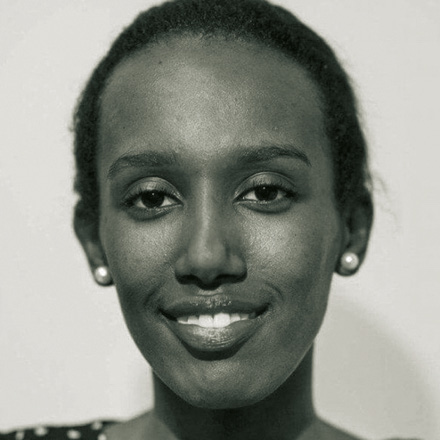SDGs
New development finance
 picture-alliance/NurPhoto
picture-alliance/NurPhoto
New financing methods may help to achieve development goals. One option are so-called “diaspora bonds”, says Tauni Lanier, senior advisor for United Smart Cities, a global multi-stakeholder platform. A diaspora bond is exclusively for non-resident nationals who still have strong ties to their country of origin. The India Development Bonds (IDBs) were created by the Government of India which wants Indian expatriates to invest in development schemes. They send home some $ 70 billion of remittances per year.
According to Lanier, the IDBs are a prime example of “seeking new financial streams for the purpose of investing in infrastructure and service projects”. She says that bond holders receive higher yields than those of 10-year US Treasury notes. To fulfil the Sustainable Development Goals (SDGs), the Government of India recently established the National Institution for Transforming India. Diaspora bonds will help to fund some of its programmes.
Lanier believes that so-called “social impact bonds” are another method of attracting potential investors to development. Bonds are very appealing to philanthropist investors, who want to donate their money for charitable causes. Social impact bonds can, for example, fund a jail’s efforts to treat inmates well, provide skills training and ensure they do not re-offend after being released, Lanier told a conference on SDG issues in Bonn in late March.
Crypto-currencies can make a difference too, according to Lanier. Crypto-currencies are a kind of digital money that is protected from hacking and fraud. Bitcoin is the best-known crypto-currency. Using “block chain” technology, private and public-sector agents can create their own crypto-currencies to attract investment for specific development projects. “There are already 11 block chain start-ups specifically for the SDGs”, Lanier reports.
In Lanier’s eyes, enough funding for development purposes is available in principle, but a lot of it is not getting to the right places. “Blended finance” may help. The term means to combine traditional philanthropic funding with mainstream financing which seeks returns for investors. Lanier argues that philanthropic grants mean a 100 % loss for the benefactor, but if the grant is paired with a market-driven approach “we could see grant funding receive yields as high as eight per cent”. That would be perfect for pension funds, for example, Lanier explains.
According to the UN Conference on Trade and Development (UNCTAD), the SDGs could cost more than $ 2.5 trillion. Blended finance could potentially help to close the funding gap.
Domenica Carriero of the UN Economic Commission for Europe says that finding new financing streams is not the only thing that matters: “National or local governments are the main stakeholders in development.” If there is a lack of political will, she points out, it will be close to impossible to mobilise appropriate funding for the SDGs. In her eyes, it is essential to hold accountable the governments and other stakeholders who signed on to the SDGs. Grassroots projects, according to her, are especially important in countries with weak institutions that struggle to implement top-down programmes.
Carriero adds that emerging markets and developing countries must improve data collection (see article, p. 4). Reliable data are important for monitoring development projects and funding new ones. In her eyes, capacity building at the grassroots level would be helpful in many less-affluent cities. To make the most of new approaches to financing, policies must be well-designed and data-driven, Carriero says. Otherwise money may just be wasted. Input from citizens and various institutional stakeholders should be considered. Promoting literacy helps, she says.

